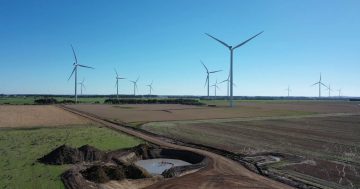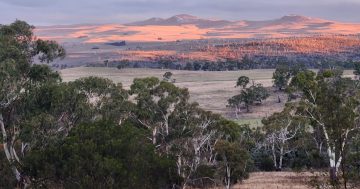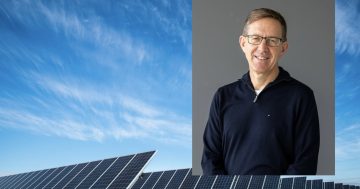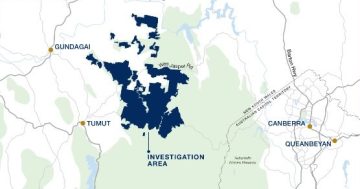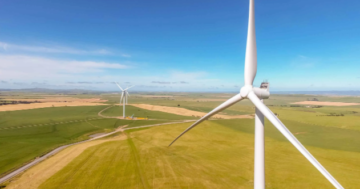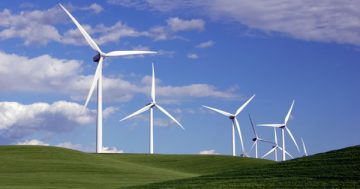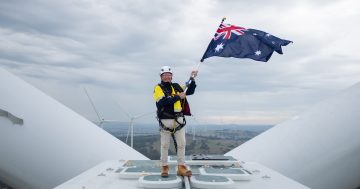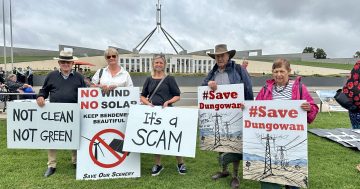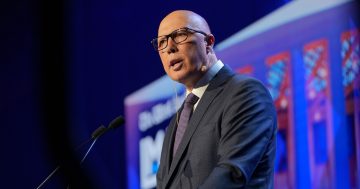The ACT’s first wind energy reverse auction has resulted in a $50 million direct investment into the local economy and broader economic benefits in excess of $240 million, Minister for the Environment Simon Corbell announced today.
“The auction has also delivered low renewable energy prices and enough renewable energy to provide for approximately 33% of Canberra’s electricity needs,” he said.
“The three successful wind farm projects, including one to be developed by a local Canberra company, are expected to be operational by 2017.
“Combined they will deliver almost 200 megawatts of renewable energy generation capacity for the territory, enough to power 107,000 Canberra homes, and will result in a 580,000 tonne reduction in the ACT’s carbon emissions each year, the equivalent of taking 157,000 cars off the road.
“Today’s announcement delivers the single largest step-change in emissions reductions of any jurisdiction in Australia.
“Through this auction the ACT Government has secured renewable energy at the lowest possible price.”
The pass through cost to consumers for the 200 megawatts is expected to peak at just $1.79 per household per week in 2020 before declining after. This is part of total cost of reaching 90% renewable energy use which is estimated to peak at $4.67 per household per week in 2020 before declining after.
The successful projects are:
- The Ararat Wind Farm, an 80.5 megawatt wind farm developed by RES Australia west of Ballarat in Victoria at a feed-in tariff price of $87.00 per megawatt hour
- The Coonooer Bridge Wind Farm, a 19.4 megawatt wind farm developed by Canberra company Windlab Limited west of Bendigo, Victoria, at a feed-in tariff price of $81.50 per megawatt hour
- The Hornsdale Wind Farm, a 100 megawatt wind farm developed by Neoen south-east of Port Augusta in South Australia at a feed-in tariff price of $92.00 per megawatt hour
“The three successful projects will deliver a range of benefits for the ACT through a $50million economic stimulus package, including new jobs, a new national trades training centre, an innovation fund for small Canberra renewables businesses and a $7 million investment in new courses at the Canberra Institute of Technology and the ANU,” Corbell said.
“This is not just about sourcing renewable energy; this project will secure Canberra as the renewable energy capital, providing jobs and economic benefits for all Canberrans.
“Our location, our policies and the expertise of local small businesses and premier research institutions, make the ACT the leading jurisdiction in the nation for renewable investment.
“For example, as Windlab continues to grow in Australia and internationally, so too will Windlab’s Canberra headquarters. Windlab estimates its salaries and on-costs for ACT based staff over the next 20 years will exceed $240 million. This is from a company that was founded in Canberra only 12 years ago.
“Also, Neoen, a multinational company, will grow its investment in Canberra and will make the ACT the headquarters for its Asia-Pacific wind business.”
The auction outcome has also set a new benchmark for wind farm community engagement practices in Australia and should provide a strong incentive for new projects to engage with local communities in a more meaningful and co-operative manner, for the benefit of proponents and communities alike.
The 200 megawatt wind auction will deliver approximately 33 per cent of Canberra’s electricity supply from renewable sources by 2017. Together with the 40 megawatts of large-scale solar the territory is investing in, and the existing 44 megawatts of household solar installations, renewables will be powering 80 per cent of all Canberra’s household electricity needs.












